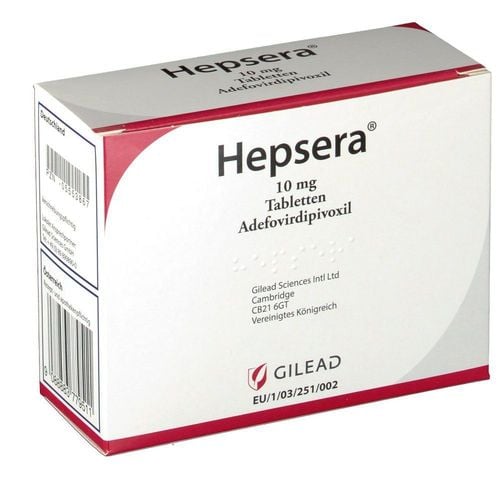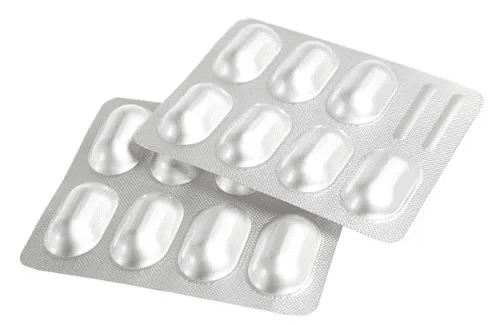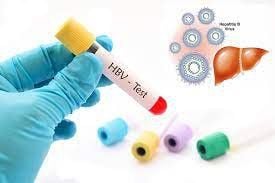This is an automatically translated article.
Article written by Dr. Duong Cao Cuong, Department of Medical Examination & Internal Medicine, Vinmec Times City International Hospital
Hepatitis caused by hepatitis B virus is a very dangerous disease and causes many serious complications for patients. The disease can be transmitted from mother to child, sexually or through contact with blood and swabs of an infected person.
1. Hepatitis B virus is transmitted through which ways?
There are two modes of transmission of hepatitis B virus (HBV): vertical contamination and horizontal contamination.
Vertical transmission:
Is transmission from mother to child, mostly occurring in the perinatal period or the first months after birth, not through the placenta. In areas where HBsAg is high, this mode of infection is most important, and is common in Asian countries. The degree of infection depends on the HBV DNA level and the mother's HBeAg status in the third trimester of pregnancy. Mothers with HBeAg (+), infants have a 95% risk of infection if they do not receive immunoprophylaxis. Mother has HBeAg (-), the rate of infection to the baby is 32%. The rate of infection to the baby increases from 0% if the mother's HBVDNA is less than 10 5 copies/ml to 50% if the mother's HBVDNA is between 10 9 and 10 copies/ml. 28-39% of babies are still infected despite receiving HBV vaccination after birth if the mother's HBVDNA is 10 9 copies/ml or more. HBsAg is present in breast milk at very low concentrations, so transmission is mainly due to the infant biting the mother's breast, causing scratches. Horizontal transmission
There are two main types of infection: sexually transmitted infection and infection through contact with blood, blood products or secretions of an infected person. HBV is not transmitted through food, water, and casual contact. Blood and blood products are the most important infectious factor because of the high level of HBV. HBV is found in vaginal fluids and semen at concentrations more than 100 times lower than in plasma. Other fluids such as peritoneal, pleural, and cerebrospinal fluid... also contain HBV. Milk, saliva, sweat, urine, feces, and bile also contain HBV but in very low concentrations, so the possibility of infection through these fluids is also very low. Sexual transmission, through sharing needles (injecting drugs, acupuncture, tattoos, body piercings such as ear piercings, nostrils...) with people infected with HBV is a common horizontal transmission pattern. best. Sharing toothbrushes and razors that are contaminated with the blood or fluids of an infected person can also spread HBV.

Bệnh viêm gan do virus viêm gan B lây truyền qua sử dụng chung kim tiêm với người nhiễm HBV
2. What factors are assessed to aggravate hepatitis B virus status in patients?
Host factor :
Age > 40 Male Immune status. Viral factors:
High HBV DNA level HBV genotype C Slow HBeAg seroconversion. Environmental factors:
Alcohol consumption Diabetes obesity Co-infection with viruses C, D.

Người thường xuyên uống rượu làm tăng nguy cơ viêm gan B
3. If I do not carry the hepatitis B virus, what should I do to prevent myself and my family from getting sick?
Patients with chronic HBV infection should be counseled on lifestyle changes and ways to prevent HBV transmission. Limit alcohol consumption because heavy drinking (women > 20g/day, men > 30g/day) is a risk factor for cirrhosis.
HBV carriers should be counseled to prevent transmission of HBV to others.
People who have sexual contact or live in the same household with an HBV carrier should get vaccinated against HBV if HBsAg (-), anti HBs (-).
Children born to mothers infected with HBV should receive a dose of hepatitis B immune globulin: HBIG (Hepatitis B Immune Globulin) at birth and completion of the HBV vaccination program.
People at high risk of HBV infection, such as children born to HBV-infected mothers, healthcare workers, hemodialysis patients, and those in sexual contact with HBV carriers, should be tested for anti-HBs to see if they respond. with the HBV vaccine.
Between 9 and 15 months for children born to mothers infected with HBV. 1-2 months after the last dose of vaccine for other subjects. Annual anti-HBs monitoring in hemodialysis patients. Persons with anti-HBc (+) alone, who are in low endemic areas, and have no risk factors should also be fully vaccinated against HBV.
Immunization is the most effective way to prevent disease. Vinmec International General Hospital has been deploying immunization services with a variety of vaccines for different audiences, from infants, young children, adults, and women before and during pregnancy. . There is a vaccine to prevent hepatitis B. The advantages of vaccination at Vinmec include:
Patients will be examined and screened by specialist doctors for all physical and health problems. health, advice on preventive vaccines and injection regimens, monitoring and post-vaccination care before ordering vaccination according to the latest recommendations of the Ministry of Health & World Health Organization to ensure the best effect and safest for children. A team of experienced and professional pediatric doctors and nurses, understand children's psychology and apply effective pain relief methods for children during the vaccination process. 100% of vaccinated patients were monitored 30 minutes after injection and reassessed before leaving. Undertake medical supervision before, during and after vaccination at Vinmec Health System and always have an emergency team ready to coordinate with the vaccination department to handle cases of anaphylaxis, respiratory failure - circulatory arrest, ensuring Ensure timely and correct handling when incidents occur. Vaccines are imported and stored in a modern cold storage system, with a cold chain that meets GSP standards, keeping vaccines in the best conditions to ensure quality.
Please dial HOTLINE for more information or register for an appointment HERE. Download MyVinmec app to make appointments faster and to manage your bookings easily.
REFERENCES :
Anna S. F. Lok and Brian J. McMahon, AASLD , Chronic Hepatitis B: Update 2009 .] Anna SF Lok, Rafael Esteban, Peter A L Bonis. Clinical manifestations and natural history of hepatitis B virus infection. Up to date version 17.3: January 2009. .
CDC. Epidemiology & prevention of vaccine-preventable diseases. The Pink Book. 8th ed. . CDC. MMWR. 2001;50:RR-11 . Centers for Disease Control and Prevention. CDC Health Information for International Travel 2010.
Chi-Jen Chu, Anna SF Lok. Clinical significance of hepatitis B virus genotypes. Up to date version 17.1: January 2009.
Chu, CM, Liaw, YF. HBsAg seroclearance in asymptomatic carriers of high endemic areas appreciably high rates during a long-term follow-up. Hepatology 2007; 45:1187.













